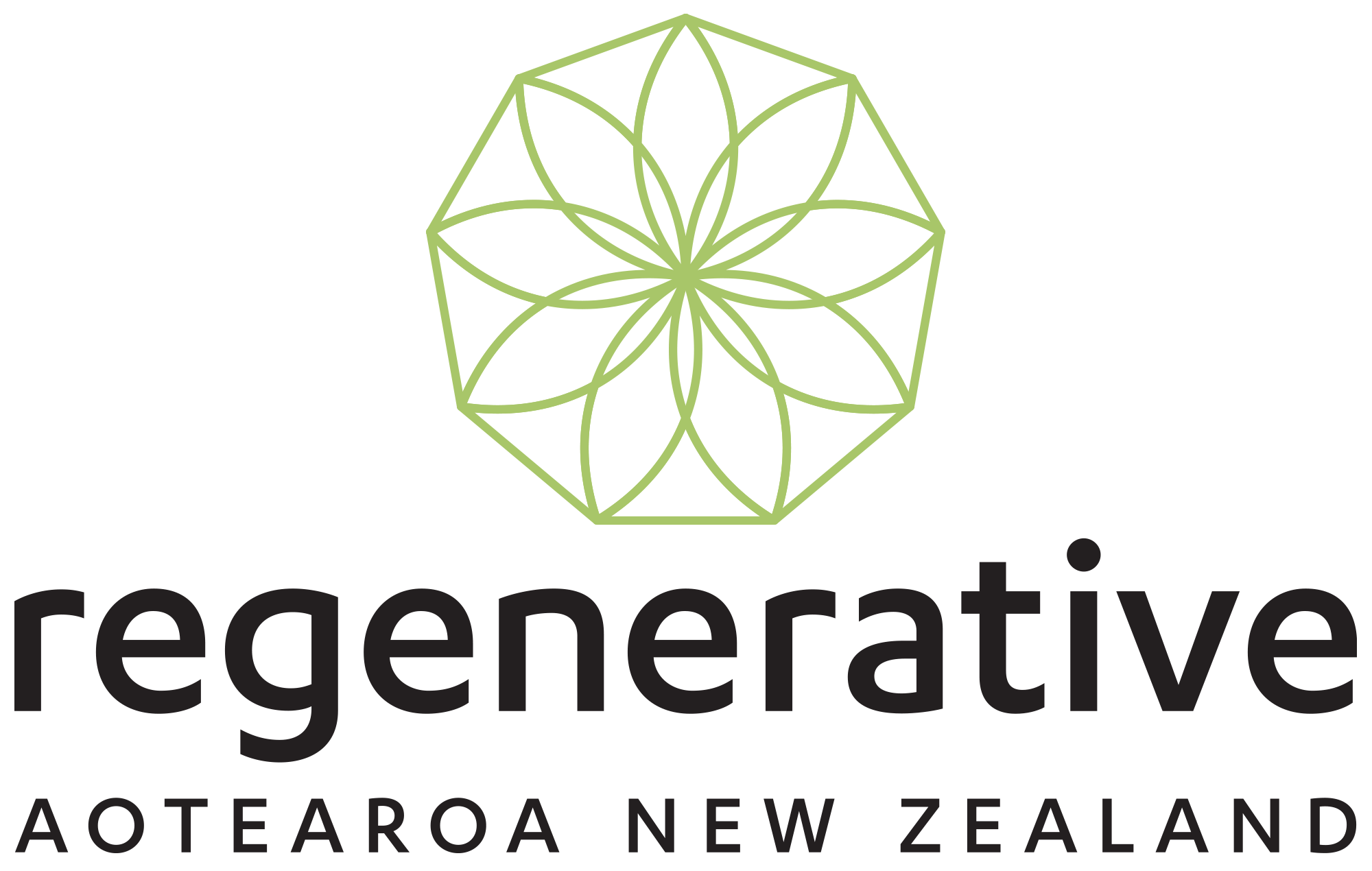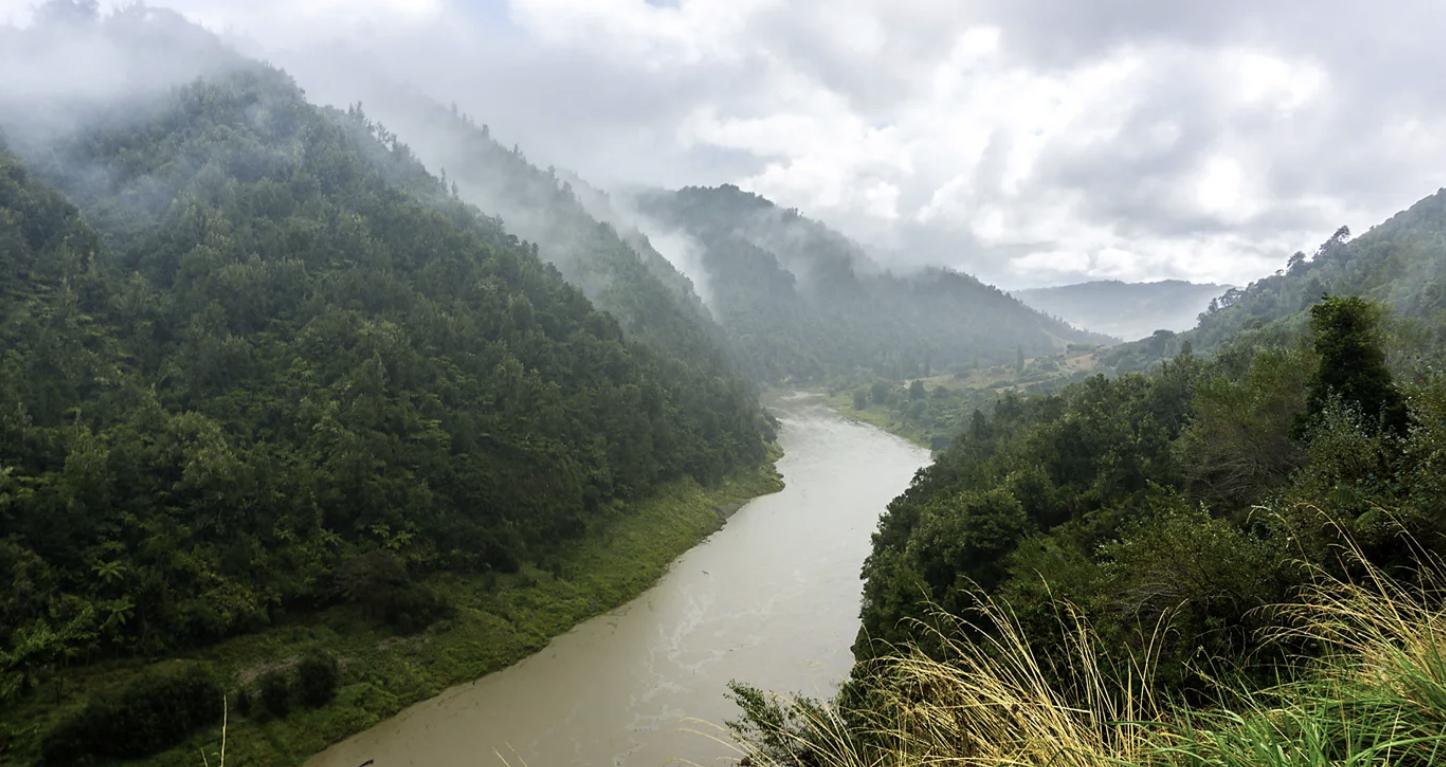In 2017, New Zealand granted legal personhood to the Whanganui River. Since then, other nations have followed suit in an effort to protect the environment.
Flowing through the heart of New Zealand’s North Island, the Whanganui River is one of the country’s most important natural resources. The river begins its 290km journey on the snowy north-western side of the Mount Tongariro active volcano, winding between green hills and mountains until it meets the Tasman Sea. Revered for centuries by the Whanganui tribes – who take their name, spirit and strength from the river they live near – it became the first river in the world to be recognised as a legal person in 2017, bringing closure to one of New Zealand’s longest-running court cases.
The Maori, the indigenous Polynesian people of New Zealand, had been fighting for more than 160 years to get legal protection for the river. The Whanganui tribes have nurtured a deep connection with the waterway for at least 880 years – more than 700 years before European settlers arrived. They have relied on it for much of their food, travelled it by canoe and built villages on its banks.

